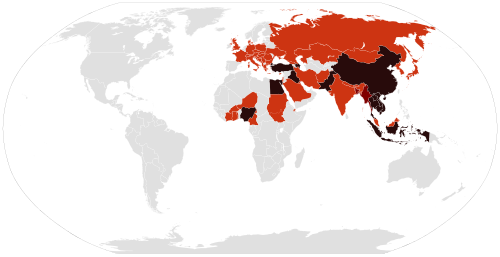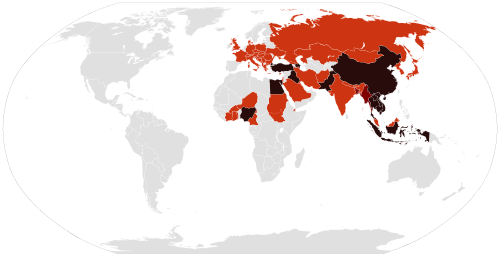A new strain of the flu called the bird flu, known as H5N1, is raising alarm. “More then half of the people who became infected with the bird flu died from the disease,” says the Mayo Clinic. According to The World Health Organization, (WHO), 600 humans have been infected with H5N1 since 2003. WHO states the virus has spread to Asia, Europe, and Africa. There is also report of the virus in Canada and South America.
According to the newspaper Japan Times, H5N1 its being spread by migratory swans flying from Siberia, Russia, to Japan in October, then heading back north in spring. In Japan H5N1 has killed at least 386 people since 2003. Tamiflu, an antiviral medication, is showing signs of being ineffective for treatment, states the Centers for Disease Control (CDC).
H5N1 was noticed by poultry farmers in 1918, but it wasn’t until 1997, in Hong Kong, that it was found to infect humans during poultry outbreaks. You mostly get it when humans come in contact with an infected bird or an infected person.
CDC states that because this virus is rare in humans, there is no immune protection. Most causes of human-to-human infection have been within families. It is spread by sneezing.
Viruses have the ability to change over time, and this virus could change into a virus that can more easily spread from one person to another person. This would cause a worldwide epidemic and widespread panic, says the CDC. The death rate for the disease in humans is 60% once infected.
According to flu.gov, an official US government website for pandemic influenza, the symptoms of H5N1 are fever and cough, acute respiratory distress, shortness of breath, difficulty breathing, abdominal pain, and diarrhea. The best way to prevent the disease is to avoid any contact with people who are infected, or avoid any sick or dead poultry in Asia. This includes avoiding going to live poultry markets that could be infected with H5N1 when traveling. Also avoid sick people who might have the disease.
The WHO states that the infection period for humans is two to eight days, but can last as long as seventeen days or more. The bird flu virus causes 10 times the amount of inflammation in the lungs than the swine flu (H1N1). H5N1 causes serious infections in birds.
The medications that are recommended for H5N1 are Oseltamivir (Tamiflu) and possibly zanamivir (Relenza). which can sometimes inhibit the influenza virus from spreading inside the user's body. However, they are in short supply and must be taken two days after the symptoms first appear. This could be difficult to achieve this on a large scale especially during a worldwide epidemic.
Austin Wilkerson Patrick Dumire

This work is licensed under a Creative Commons Attribution-NonCommercial-NoDerivs 3.0 Unported License
















